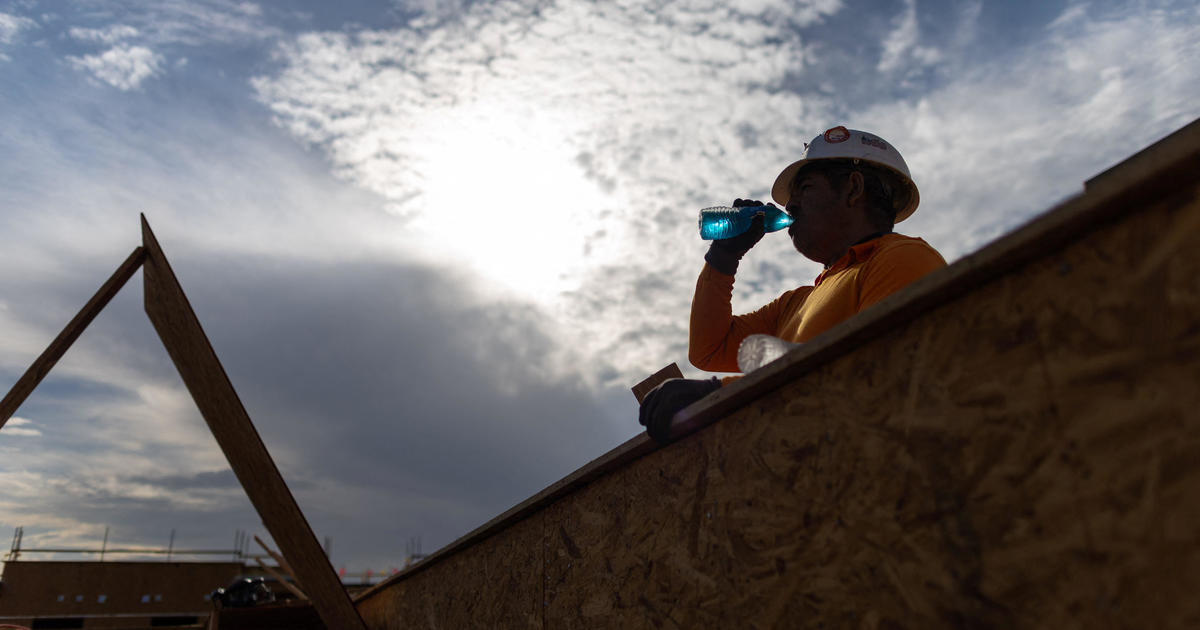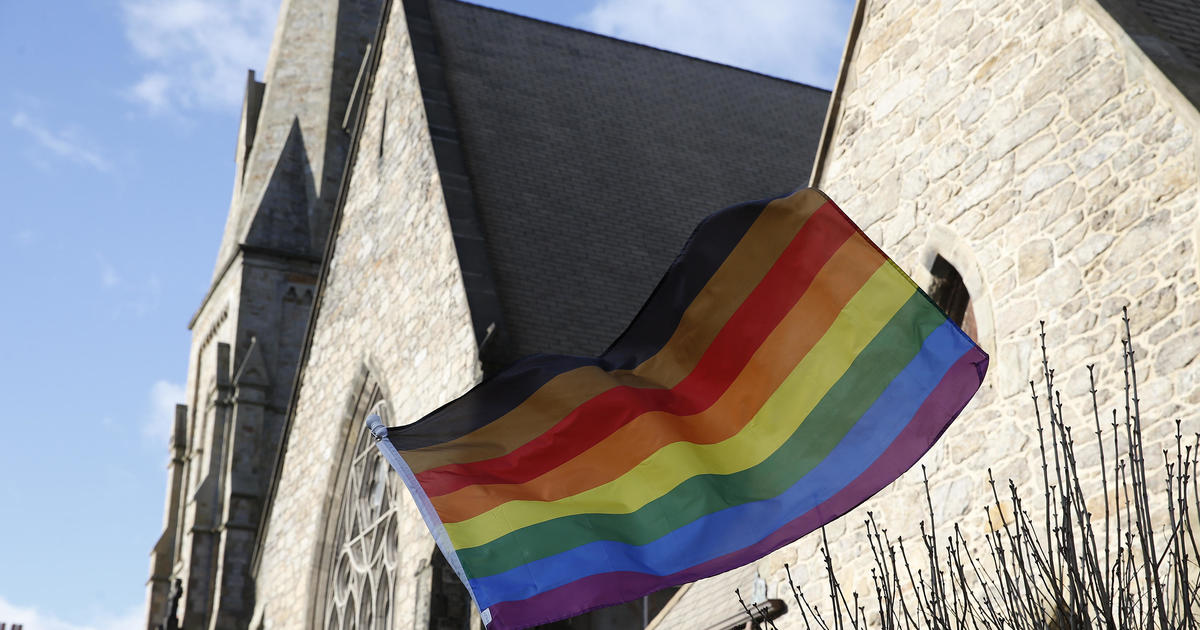More than half of Americans, including 3 in 4 kids, have survived a case of COVID-19, CDC study suggests
More than half of all Americans and around three in four children have now survived a case of COVID-19, suggest new data from the Centers for Disease Control and Prevention, following the record surge in cases driven by the Omicron variant over the winter.
The new findings were published Tuesday in the CDC's Morbidity and Mortality Weekly Report. The study's authors estimated "seroprevalence" caused by a prior infection — the presence of antibodies against the virus — based on samples gathered from thousands of routine blood draws around the country.
Seroprevalence is significantly higher when including people who have antibodies from vaccination as well. By December, the CDC had estimated that "combined seroprevalence" between the two groups was already 95%.
"We all know that there are some infections that go unreported, either because they're asymptomatic or mild, the person didn't get tested, or it didn't get reported. So seroprevalence was an important piece of the puzzle, and it helps us to really understand more kind of the public health picture," the CDC's Dr. Kristie Clarke told reporters on Tuesday.
CDC Director Dr. Rochelle Walensky acknowledged Tuesday that the increasing use of rapid at-home tests was also resulting in a growing number of unreported cases, but said the agency was still confident that it had a "reliable picture" of COVID's trajectory in the country.
"We're of course continuing to follow trends in positive PCR tests, and have also looked at data on a selected share of rapid tests. The trends are largely similar," said Walensky.
While the agency officially counted 54 million reported cases by the end of last year, the agency's seroprevalence estimates suggested the true tally was more than double that figure.
Now the study estimates that the Omicron wave nearly doubled the share of Americans with antibodies from a prior infection: seroprevalence among all Americans climbed from 33.5% in December to 57.7% in February.
The age group with the largest share of prior infection is children. For kids under the age of 12, seroprevalence rose from 44.2% to 75.2%. In adolescents 12 to 17 years old, seroprevalence increased from 45.6% to 74.2%.
Surges in seroprevalence have also been recorded abroad.
Through February, the Canadian Blood Services estimated that around 23.7% of donors had antibodies from an infection — nearly quadruple the 6.4% recorded in December. In Scotland, authorities estimated last month that seroprevalence from a prior infection was at least 44.5% — up from at least 29.3% in mid-January.
Out of two areas in South Africa, a CDC journal recently published findings suggesting seroprevalence in the wake of the Omicron wave climbed to 60% in a rural community and 70% in an urban community.
Clarke said CDC scientists were also working on a study that will be released as a preprint soon estimating the new true tally of COVID-19 infections.
"During the period that covered December, January, February, so kind of the Omicron period, we found that the infection to case ratio was the highest that it's been. Over three estimated infections per reported case," said Clarke.
Turning up antibodies from prior infections does not mean all these Americans are protected from future cases. During the Omicron wave, the CDC reported cases of people who survived a Delta variant infection and then appeared to be reinfected by Omicron less than three months later.
Officials repeatedly cautioned Tuesday that signs of a previous infection did not affect most of their guidance on taking precautions around COVID-19.
However, federal health officials have repeatedly cited the widespread combined immunity from previous infection and vaccination in making predictions that the renewed surge of cases driven by the BA.2 subvariant of Omicron might not result in a repeat of the overwhelmed hospitals and morgues from the winter.
While the BA.1 subvariant of Omicron had dominated new infections through February, BA.2 has steadily climbed in prevalence and now makes up virtually all circulating virus. More than a quarter nationwide are now linked to a specific strain dubbed BA.2.12.1, which has driven a surge of cases and hospitalizations in the Northeast.
"Additional evaluation is currently underway to understand the impact of BA.2.12.1 on vaccine effectiveness. But importantly, we continue to believe that those who are vaccinated, and especially those who are boosted, continue to have strong protection against severe disease, even from BA.2.12.1," said Walensky.



